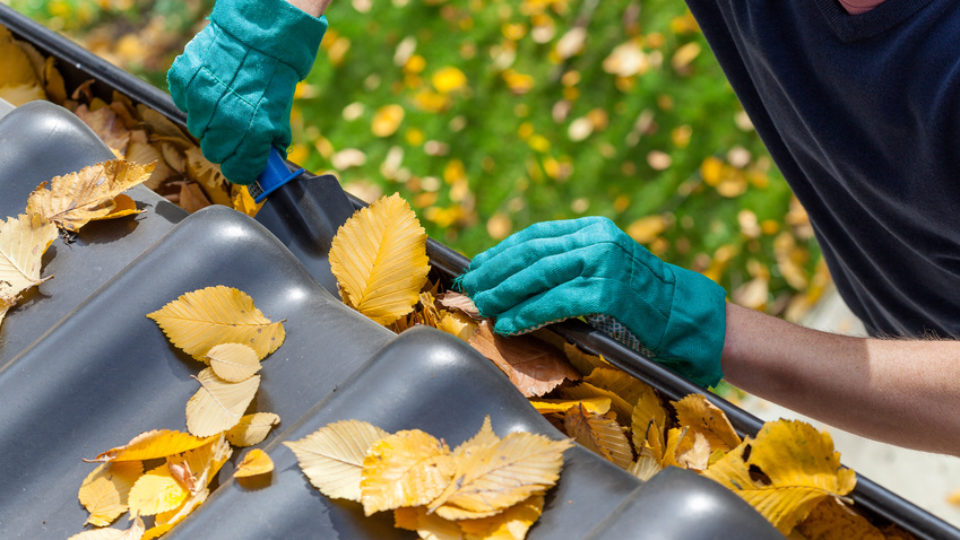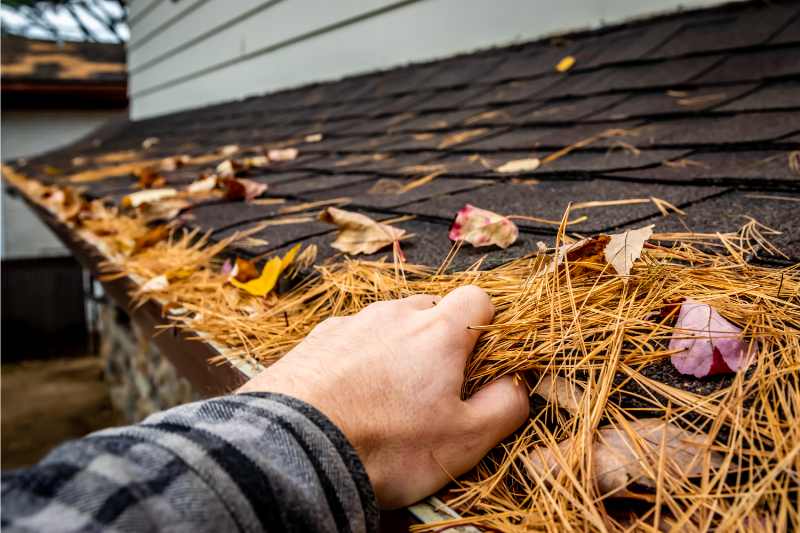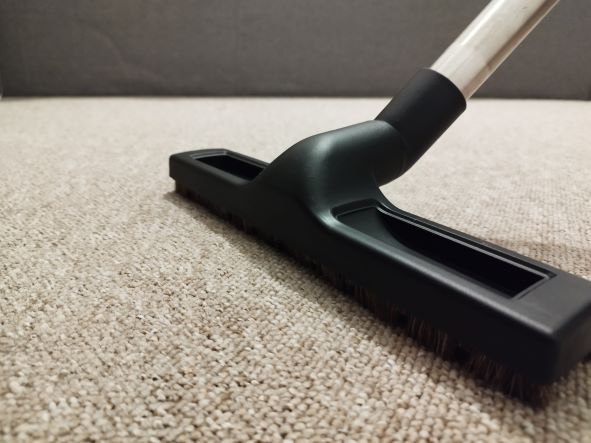Maintaining gutters is a crucial part of home care, but there are many myths and misconceptions about the best ways to keep them in good condition.
In this article, we will debunk common gutter maintenance myths and provide practical, effective strategies for keeping your gutters in top shape. From gutter guards to regular inspections, we’ll explore what really works when it comes to gutter maintenance.
Myth 1: Gutter Guards Make Gutter Maintenance Unnecessary
Many homeowners believe that installing gutter guards means they no longer need to worry about gutter maintenance. While gutter guards can certainly help reduce the frequency of cleanings by keeping out leaves and debris, they are not a foolproof solution. Over time, small particles can still accumulate and cause clogs. Additionally, gutter guards themselves require occasional cleaning to function properly.
To ensure the effectiveness of gutter guards, it’s essential to combine their use with regular maintenance. This includes inspecting the gutters, removing any debris that has accumulated on top of the guards, and checking for any signs of damage or blockages in the system. Regular maintenance remains a crucial part of preserving the overall functionality of gutters, even with the presence of guards.
Myth 2: Gutters Only Need Cleaning Once a Year

Another prevalent myth is that gutters only need to be cleaned once a year. While annual cleanings are a good starting point, this frequency may not be sufficient for every property. Factors such as nearby tree density, weather patterns, and the type of gutter guards in place can all affect the buildup of debris and the rate of clogging.
For most homes, it’s advisable to clean the gutters at least twice a year, ideally in the spring and autumn. However, regular inspections should also be performed throughout the year, especially after severe storms or periods of heavy rainfall. This proactive approach allows homeowners to address any issues promptly and prevent potential damage to the gutters and the property.
Myth 3: DIY Gutter Cleaning Is Always Safe and Effective
Some homeowners believe that cleaning gutters is a simple and safe task that can be carried out as a DIY project. While it’s possible for individuals to clean their own gutters, it’s important to recognize the potential risks and challenges involved. Climbing ladders and working at heights poses safety hazards, and without the proper equipment and experience, individuals may be at risk of accidents or injury.
Professional gutter cleaning services offer not only the expertise to thoroughly clean gutters but also the necessary safety measures to ensure the task is completed without risk. Additionally, professionals can identify and address any underlying issues with the gutters, such as leaks or damage, that may not be evident to the untrained eye.
Myth 4: Gutter Overflow Is Only a Minor Issue
Another misconception is that gutter overflow is a minor problem that can be ignored. In reality, overflowing gutters can lead to significant damage to the property, including water intrusion, foundation issues, and landscape erosion. Ignoring or neglecting gutter overflow can result in costly repairs and compromise the structural integrity of the home.
Regular inspections and proactive maintenance play a crucial role in addressing gutter overflow. When overflow occurs, it’s essential to investigate the underlying cause, whether it’s a clog, improper slope, or damaged downspouts, and take corrective action promptly. By addressing gutter overflow early, homeowners can prevent potential water-related damage and preserve the integrity of their property.
Myth 5: All Gutters Are the Same
Many homeowners assume that all gutters are essentially the same and that any type will suffice for their property. However, various factors, such as climate, roof size, and the prevalence of debris, should influence the choice of gutters. For example, in areas with heavy rainfall or snow, larger gutters and downspouts may be necessary to handle increased water flow.
Homeowners should consider consulting with professionals to determine the most suitable gutter system for their specific needs. Investing in high-quality, properly sized gutters that are designed to withstand local weather conditions can significantly reduce the need for frequent maintenance and repairs.
Myth 6: Gutters Don’t Require Regular Inspections

Some homeowners believe that gutters don’t need regular inspections unless a noticeable problem arises. However, relying solely on visible issues to prompt inspections can lead to more extensive damage and costly repairs. Gutter systems can develop hidden issues, such as leaks, loose fasteners, or corrosion, that may not be immediately apparent.
Regular inspections allow homeowners to identify and address potential problems before they escalate. These inspections should encompass not only the gutters themselves but also the downspouts, hangers, and fastening systems. By conducting routine inspections, homeowners can catch issues early, prolong the life of the gutters, and prevent water damage to their property.
The Bottom Line
Gutter maintenance is a vital aspect of home care, and it’s essential to separate fact from fiction when it comes to preserving the functionality of gutters. Debunking common myths about gutter maintenance is crucial in empowering homeowners to make informed decisions and adopt proactive strategies to keep their gutters in optimal condition.
By acknowledging the limitations of gutter guards, understanding the necessary frequency of cleanings, prioritising safety, addressing overflow issues promptly, selecting appropriate gutters, and conducting regular inspections, homeowners can effectively maintain their gutters and protect their homes from potential water damage.
Adhering to these practical strategies will contribute to the longevity and reliability of the gutter system, ultimately safeguarding the property and its value for years to come.











